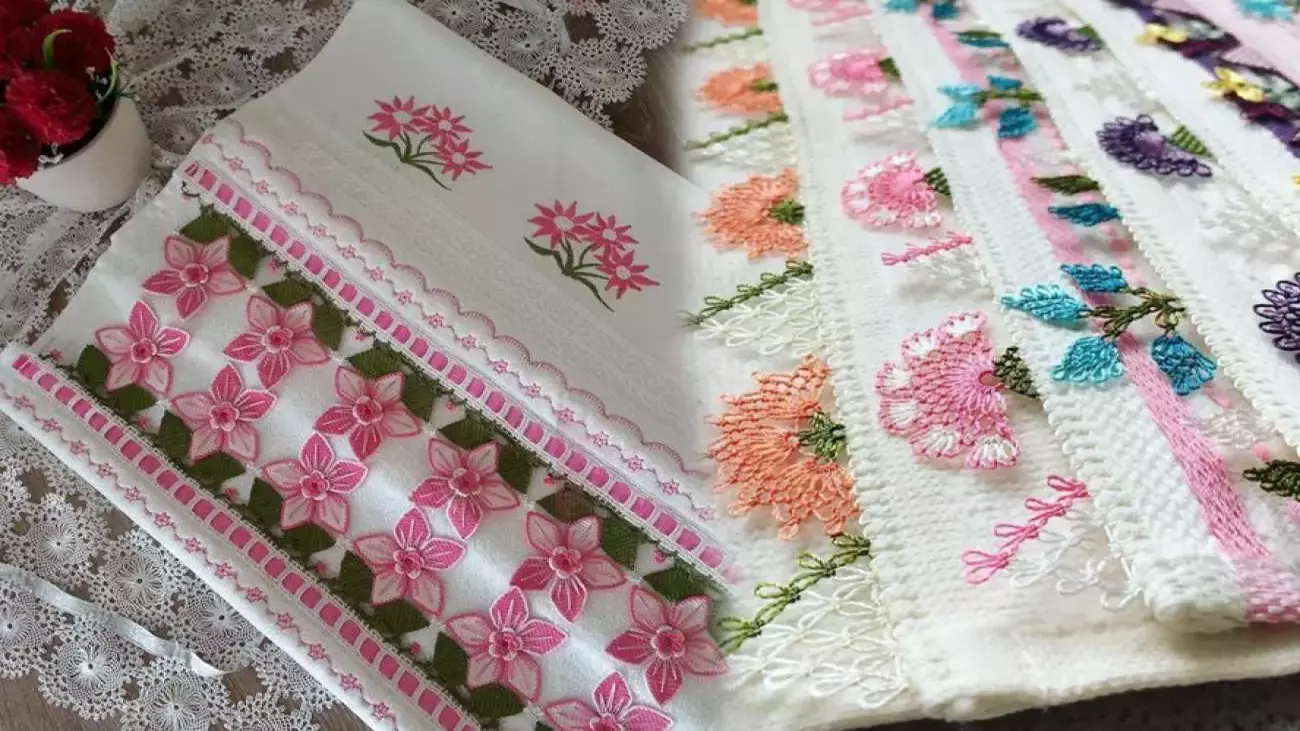Mastering the Art of Turkish Needle Lace: Techniques, Tips, and Traditions

Needle lace, a traditional handicraft art, is a rich and colorful part of Turkish culture. This art, which requires intricate and detailed craftsmanship, typically involves the creation of fine laces using cotton or silk threads. Needle lace is particularly popular in the western regions of Turkey and is often used to embellish scarves, shawls, and various clothing accessories.
Practical Tips:
-
Material Selection: The quality of the threads used in needle lace significantly affects the final appearance of the work. Cotton or silk threads are usually preferred. While silk threads offer a shiny and flamboyant look, cotton threads provide a matte and natural touch.
-
Needle Selection: Special fine-tipped needles are used for needle lace. The size and thickness of the needle should be selected according to the details of the motif to be worked and the fineness of the thread used.
-
Color Harmony: Color selection is also important in needle lace. Although pastel tones are generally preferred, striking patterns can be created with more vibrant and contrasting colors. Ensuring harmony between colors enhances the overall aesthetics of the work.
-
Motif Selection: Needle lace is enriched with various motifs. Traditional motifs include flowers, leaves, and geometric shapes. Motif selection can vary according to personal tastes and the product on which the application will be made.
-
Technique and Application: The making of needle lace involves a combination of knitting and knotting techniques. Learning the basic techniques before starting is important. Additionally, this art, requiring patience and attention, can be improved through practice.
-
Care and Preservation: The care of needle lace products is also crucial. They should be gently hand-washed and stored away from direct sunlight to prevent fading of colors and wear of the thread.
Needle lace, as both an aesthetically valuable handicraft and a vibrant part of Turkish culture, represents the continuation of a tradition that has been passed down for centuries. This delicate craftsmanship, brought to life in skilled hands, symbolizes a heritage that endures through time.